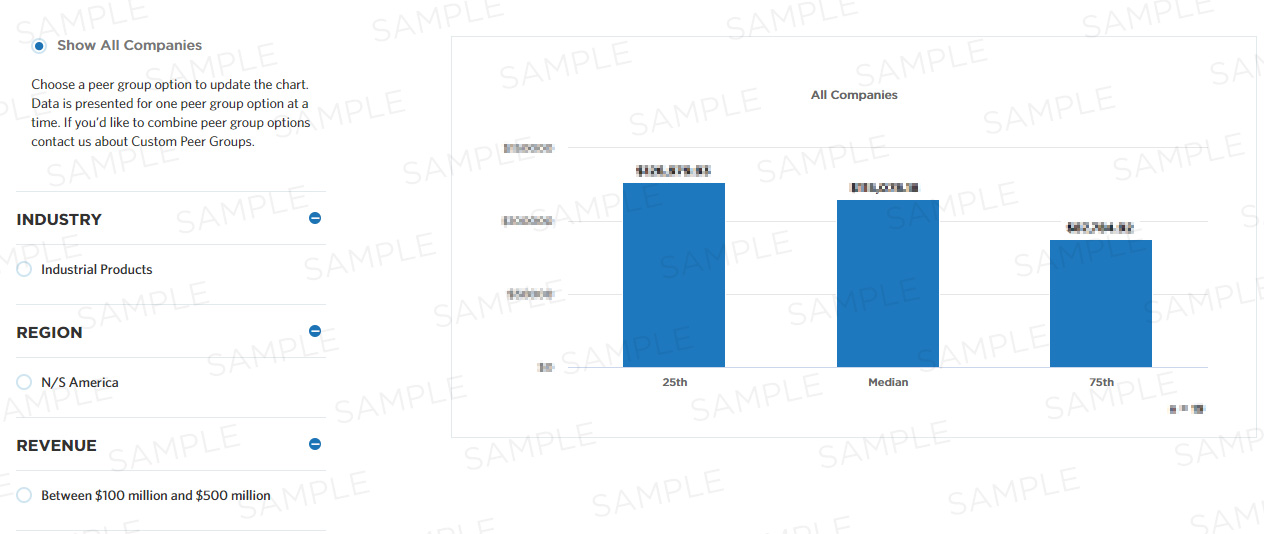Perfect order performance
This measure calculates the rate of perfect order performance, which refers to the act of flawlessly taking and fulfilling a customer order—including taking the order correctly, allocating inventory immediately, and delivering the product on time with an accurate invoice. An invoice (either electronic or hard copy) is a bill prepared by a seller of goods or services and submitted to the buyer. Generally, an invoice contains all pertinent information about the transaction including the date, price, quantity, item number, and credit terms. It is part of a set of Process Efficiency measures that help companies optimize the performance of their "manage logistics and warehousing" process by minimizing waste and refining resource consumption.
Benchmark Data
| 25th | Median | 75th |
|---|---|---|
| - | - | - |

Compute this Measure
Units for this measure are percent.
Perfect order performance
Key Terms
Perfect Order Performance
For purposes of this survey, perfect order performance refers to flawlessly taking and fulfilling a customer order and includes taking the order correctly, allocating inventory immediately, delivering product on time, and sending an accurate invoice. Perfect order performance is calculated as follows: (% on time delivery) multiplied by (% complete orders) multiplied by (% damage free) multiplied by (% accurate documentation) then multiplied by 100. Appropriate values are in the range of 0 to 100, for example: .98 x .97 x .99 x .82 = 0.7716 * 100 = 77.16.
Process efficiency
Process efficiency represents how well a process converts its inputs into outputs. A process that converts 100% of the inputs into outputs without waste is more efficient than one that converts a similar amount of inputs into fewer outputs.
Median
The metric value which represents the 50th percentile of a peer group. This could also be communicated as the metric value where half of the peer group sample shows lower performance than the expressed metric value or half of the peer group sample shows higher performance than the expressed metric value.